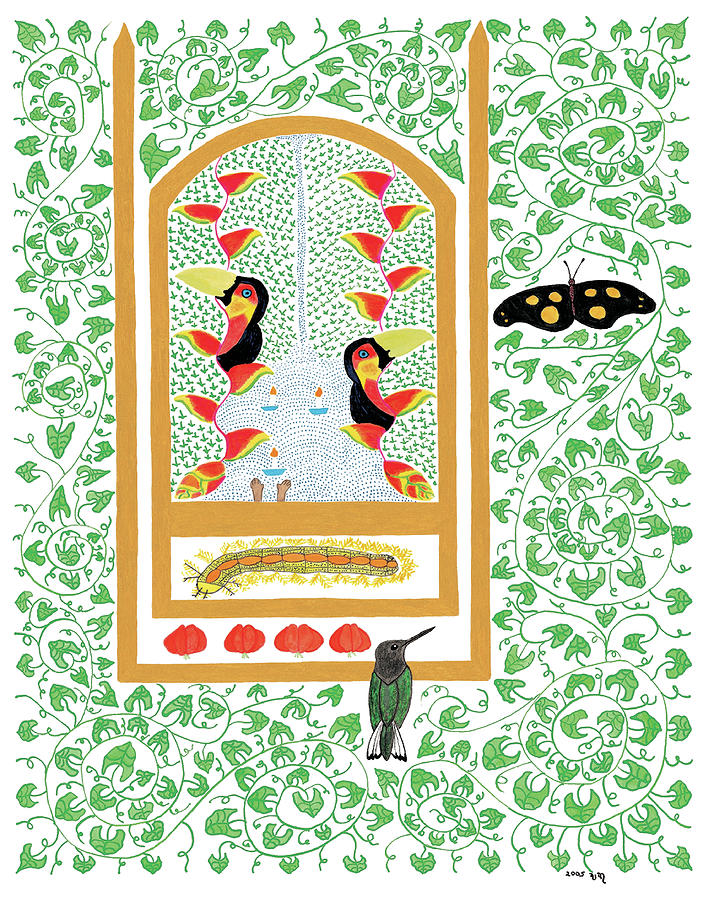
The story itself could be a bit confusing to children in North America, one of which I happen to live with (my daughter, Bug). At the back of the book is a glossary of the plants and animals that were featured. As the book takes the reader through each month and the corresponding season, Anne Morddel weaves the flora and fauna that is active or in bloom into the story. The various insects, birds, and plants of Paraná, Brazil are highlighted and discussed. Granny teaches her three grandchildren - the narrator, Chloe, and Baby - about nature around her farm. The story is simple, and it slyly inserts a science lesson to its readers. The Writing of The Big Field is great for a very young audience. An illustrated, child-friendly glossary with sections dedicated to butterflies and moths, birds, bugs, and trees and plants concludes the book. Following them as they spend their days walking through the forest, lying on their backs under the trees, eating dinner outside, collecting seeds, and learning about the wildlife, this entertaining narrative is also environmentally sensitive in its approach. The child is from the city, but the time she spends with her grandmother teaches her about the seasons of the Southern Hemisphere and the beauty and transience of the rainforest-from the plant, animal, and insect life to the cycles of nature.

Title: The Big Field: A Child's Year Under the Southern Crossīeautifully illustrated, this is the charming story of a girl who spends a year with her grandmother on a farm at the edge of the South American Atlantic Rainforest.


 0 kommentar(er)
0 kommentar(er)
